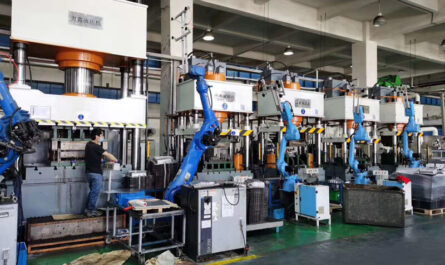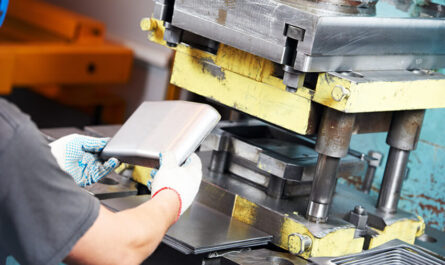When doing laser engraving rotogravure proves, there are several things that you need to get right. One of them is how you will use and treat the cylinders. If you don’t use these crucial parts of the engraving right, then you will have a problem with the quality of the print.
In addition, you might end up wearing out your laser engraving rotogravure cylinders. There are basic steps that you need to follow to get everything right. In this guide, we have 4 main steps of using laser engraving rotogravure cylinders:
Cylinder Preparation
The first step is about preparing the cylinder for the engraving. This is a very important step because it helps you to fix noticeable problems. Probably, there are could a bit of damage to the cylinder that might cause the engraving to work properly. So, make sure that you have checked for any fault. If there is any problem, get it fixed before proceeding to the next stage.
Copper Plating
The next step is all about to create the plating on the laser engraving rotogravure cylinder. This is a very important stage as well because it will greatly determine the condition of the cylinder after work. Copper plating is widely used in the industry. The layer is mainly used to protect the steel metal form laser beam damage. But you can also add a zinc layer if necessary.
Cylinder Imaging
Now that you have the cylinder, you can start the engraving process or cylinder imaging process. This should not be difficult to do. You just need to set the cylinder in the laser engraving machine or the image to be engraved. The most important thing is to get the laser machine setting right. Otherwise, you might use a very strong laser beam that might end damaging laser engraving rotogravure cylinders.
Cylinder Post-Treatment
The last step of using laser engraving rotogravure cylinders is post-treatment. This is a very important step because it greatly helps to maintain the condition of the cylinder. You need to remove the copper plates for the next use. Chrome plating and polishing are the most widely used techniques for cylinder post-treatment.



